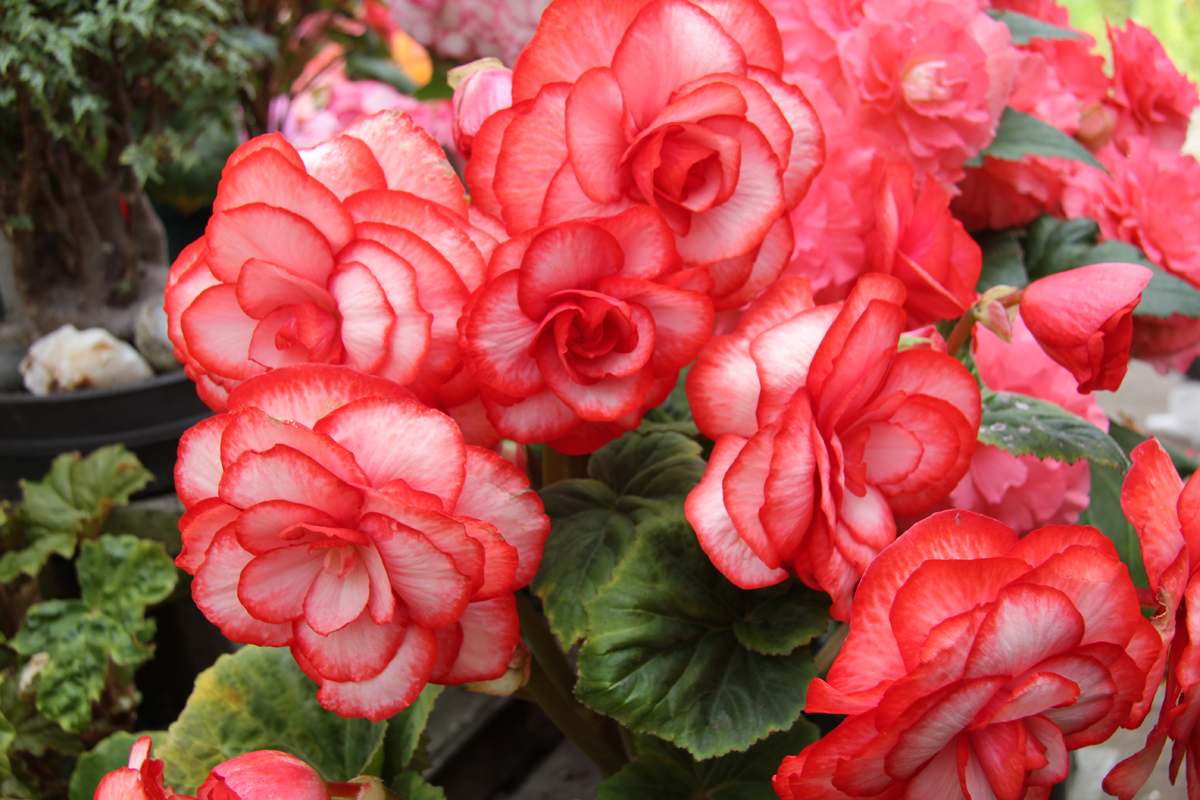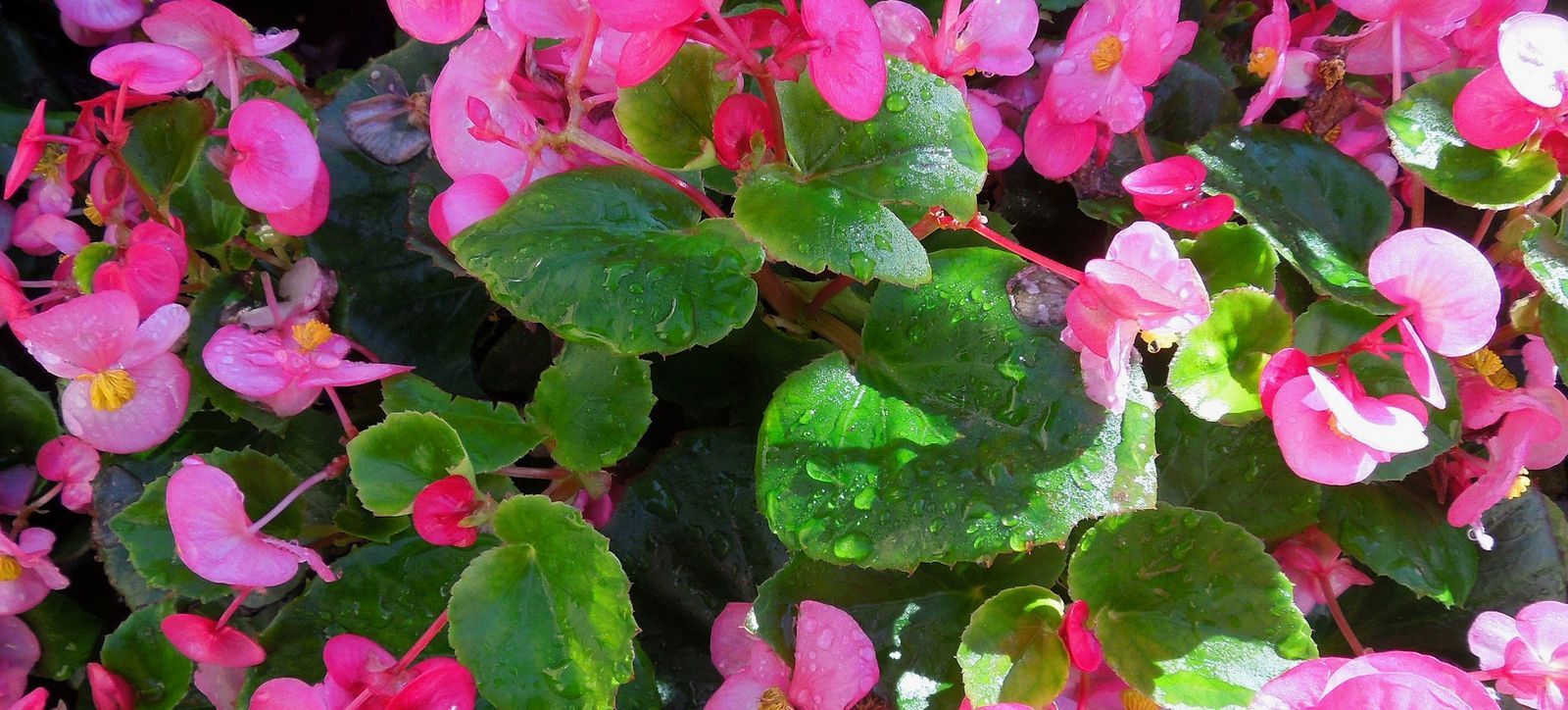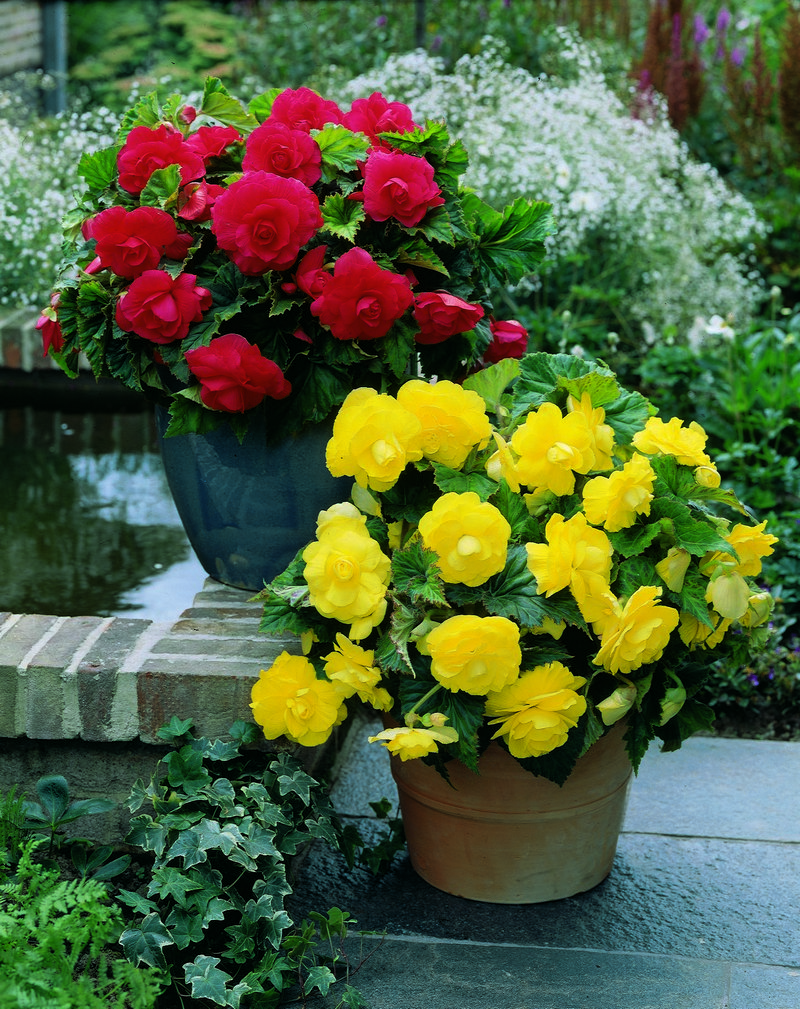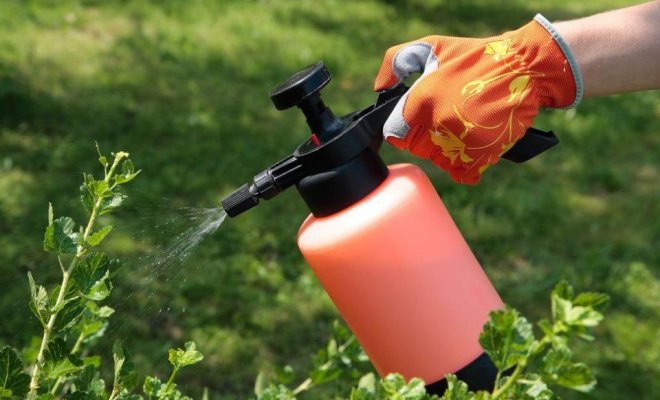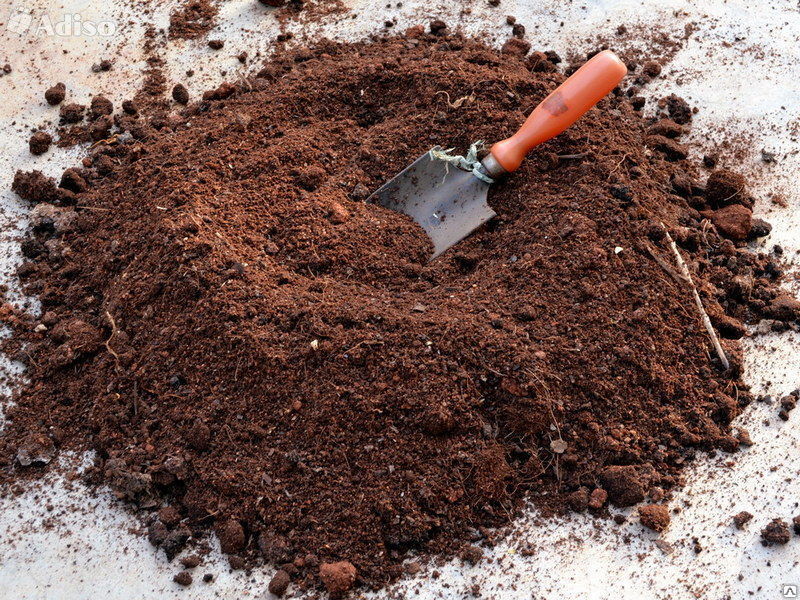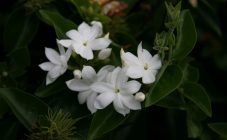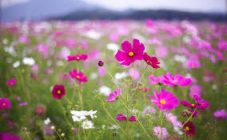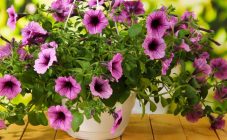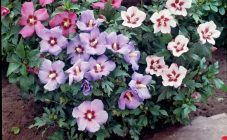Content:
The flower was named in honor of the Governor of Haiti M. Begon. The genus Begonia is considered the largest and most popular of the Begonia family, in which there are about 1000 varieties. In order for a beautiful healthy begonia to grow, it needs competent and thorough care.
General principles of begonia care at home and outdoors
Among the many species of this culture, you can find both annual and perennial varieties, and in addition, they are:
- shrub and semi-shrub;
- with creeping and tuberous rhizome;
- with asymmetrical leaves and variegated color;
- flowers of the correct shape, unisexual or monoecious type;
- unequal perianth leaves with a bright color;
- with fruits in the form of a box.
When caring for Begonia, you will have to spend a lot of time and effort in order to achieve lush flowering from it.
The plant is bred by:
- seeds;
- cuttings;
- leaves, on some of which shoots are formed, and adventitious buds are formed on the shoots.
Distribution area: tropical moist forests, mountainous areas 3000-4000 m above sea level. It is extremely rare to find it in the area of dry tropical and subtropical climate.
Most of the species grows in South America (up to Mexico), Asia, the Eastern Himalayas, as well as highlands in India. In Africa, the plant grows in the part where the humidity is higher, and according to many experts, it was in Africa that the culture appeared for the first time, and was introduced to other continents a little later.
How to properly care for begonias at home and outdoors
The agricultural technology of this culture indoors and outdoors has some differences. Namely, in order to carry out cultivation in a house or apartment, you need to achieve:
- creating the most favorable conditions, this will immediately cause active growth and flowering;
- exclusion of drafts and wind;
- ensuring optimal environmental conditions during the winter;
- a suitable location in which the flower will feel comfortable at any time of the year.
How to care for begonia flowers outdoors? Initially, the care process begins a month before the tubers are sent to the garden. Namely, Begonia grows up, and with the onset of warm days it is gradually taken out into the street for hardening, with a gradual increase in the time spent outside the house. As soon as the soil warms up to at least + 15 ° C and this temperature becomes stable, it is transplanted to a permanent place of residence.
How to care for begonia? The answer to this question must be researched as carefully as possible in order to avoid problems during cultivation.
Growing at home
Taking care of a plant within an apartment is not as difficult as it might seem at first glance, but strict adherence to all the recommendations presented is required. Namely, you need to ensure:
- maintaining optimal stable temperature;
- sufficient illumination;
- normal humidity level.
The conditions should be similar to natural conditions, which will allow you to grow this beauty the way it should be. The plant should be placed on a windowsill, where there is a lot of light, but direct exposure to UV rays is categorically undesirable. To do this, use shading due to curtains or blinds.
A decoratively flowering culture needs a day of light lasting at least 14 hours, and in autumn and winter, the plant is illuminated with a special lamp. The optimal temperature indicator is + 15-22 ° С, in winter +19 ° С. It is forbidden to allow sudden changes in temperature and its drop below +14 ° C, which will lead to dropping of foliage and flowers.
It is important that the room has a humidity of at least 80%. To do this, place a vase of water next to it or place a plant near the aquariums.
How to water begonia at home so that it does not deteriorate and is beautiful? Watering is carried out periodically when the soil begins to dry out. In summer, water is brought in every day. Waterlogging is highly undesirable, this will cause rotting of the root system. Most often, it is the tubers that rot.
In the cold period, watering is done 1-2 times a week, and the water should be clean, settled and at room temperature. When watering, avoid getting water on the foliage.
How to feed begonia? Top dressing is carried out during the period when the formation of inflorescences begins on the plant. For this, a complex liquid fertilizer applied along with irrigation is suitable. Top dressing should be used in spring and summer 2 times, and in winter it is not needed.
It is worth noting that this culture, like many other plants, can be susceptible to various diseases and pests. Among the most common diseases are:
- gray mold;
- powdery mildew;
- root rot.
When dealing with them, you need to use fungicides, reduce humidity and the amount of watering. Among the pests are:
- whitefly;
- false shield;
- spider mite;
- aphids;
- nematodes;
- thrips.
If pests appear on the bush, insecticide treatment is carried out with the removal of the affected parts. It is also required to arrange quarantine for this plant.
Before planting begonia in the house, seeds are purchased. The best option would be quality material purchased in a specialized place.
Ceramic pots are used for planting. The soil is bought or made by yourself. It should contain:
- peat;
- sand;
- humus;
- leafy land.
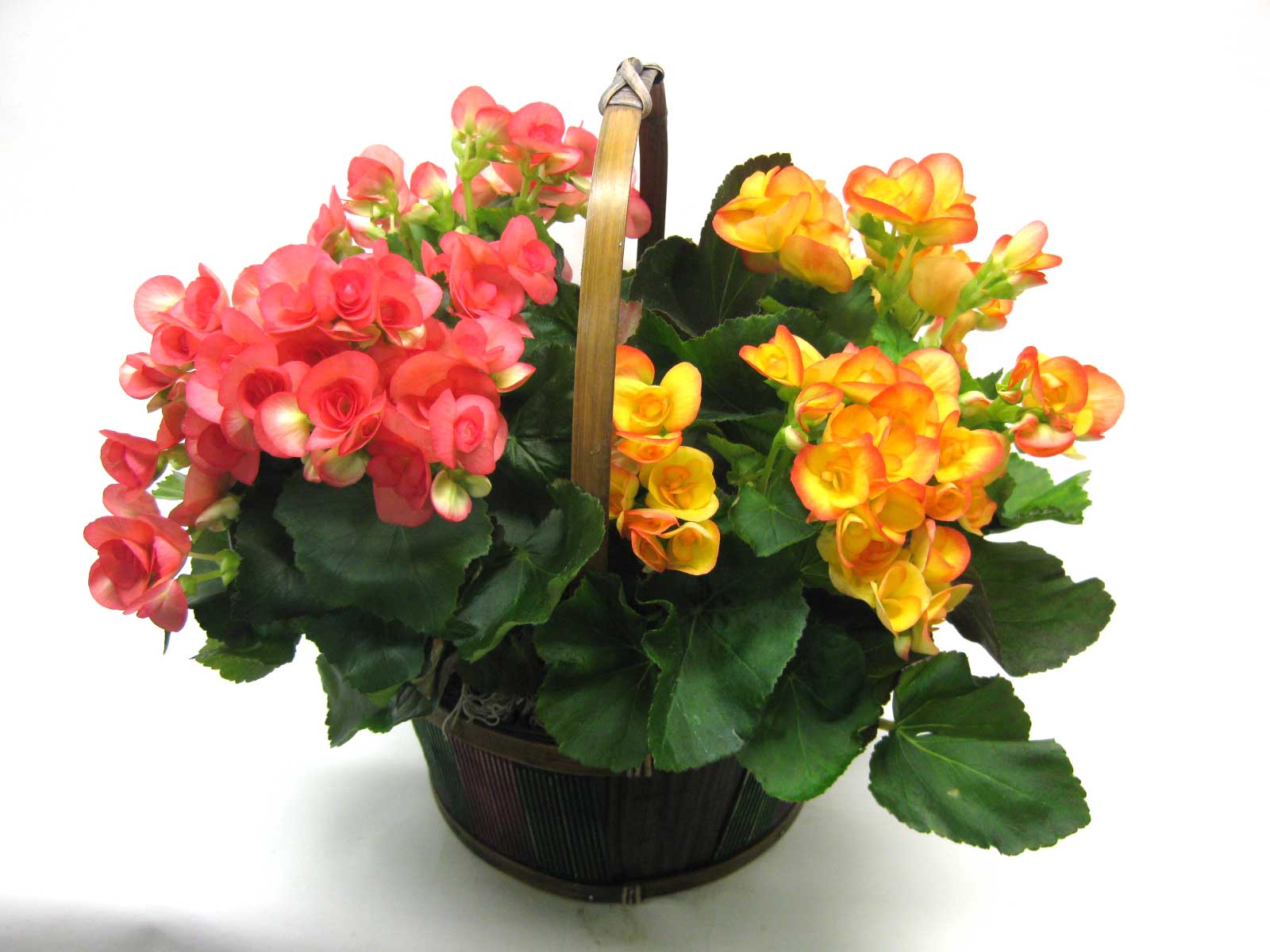
When choosing a variety with tuberous roots, it is worthwhile to first germinate in a box without burying it in the soil
The plant is planted in the finished mixture, but first drainage is laid on the bottom, then charcoal - this will prevent the formation of rot. A plant is placed on top, the voids are filled with soil mixture. Landing is best done in March - the length of daylight hours in early spring is suitable for this culture. When choosing a variety with tuberous roots, it is worthwhile to first germinate in a box without burying it in the soil. The optimum temperature is + 15-17 ° С, as well as high humidity.
Begonia: watering, feeding and possible difficulties when growing outdoors
How to water, is it necessary to pinch tuberous begonia, are there mix varieties and how often do they bloom? These and other questions may interest those who prefer to grow this beauty. It is worth noting that there are many varieties of begonias that are intended directly for outdoor cultivation. There are about 1200 species of them.Breeders have bred many hybrids that differ in a varied bush shape and bud color.
Mostly tuberous crops are planted in the ground, among which Pendula and Eternal Blossoming are recognized as the most popular varieties. Unlike those plants that begin to bloom in the spring, these flowers will adorn the backyard precisely during the fall.
Garden culture propagates:
- tubers;
- leaves;
- cuttings;
- seeds.
A culture is planted in an area that is shaded (despite the fact that the flower belongs to light-loving plants), since direct exposure to UV rays can negatively affect its development. She categorically does not tolerate drought, prefers abundant watering. Water is applied under the roots of the plant 1 time in 3 days. However, care must be taken that there is no stagnation of liquid - this will lead to rotting of the root system and the subsequent death of the plant. If necessary, drainage can be arranged; it is also important to regularly loosen the soil.
Top dressing is used 2 times a month. The optimal solution would be to choose a universal fertilizer designed for flowering plants. Very rarely, disease problems arise due to the fact that fertilizers have been dissolved in hard water. To soften it, use 1 tablespoon of vinegar per 15 liters of liquid.
Young crops need additional feeding through mineral fertilizers, which contain phosphorus and potassium. It will be very useful to spread peat and compost on the flower bed.
How to deal with pests? Begonias are often affected by aphids and spider mites, for which it is worth using an infusion based on onion and garlic peels. To exclude the appearance of parasites, wood ash is used as a prophylaxis, which must be diluted in water. This composition is used for spraying plantings. Basically, garden varieties are not too whimsical and therefore are often used in the formation of landscape design.
What to do with begonia after flowering
After the flowering of the tuberous variety has ended and frosts have come, a number of necessary procedures are required.
How to keep begonia in winter until spring:
- Initially, the tubers need to be dug up. This is done with the utmost care to avoid damage to the root system, for which a scoop or garden fork is used.
- Trimming of the stems is carried out, for which a knife or pruner is used. You need to cut them off, leaving a stump of 2-3 cm.
- The root system is cleared of soil.
- The tubers are placed in containers for storage, for which it is worth choosing wooden boxes.
- They are placed in a room with dry air, good ventilation and warmth.
- The tubers will dry for 2 weeks, after which the stems are removed step by step, the soil is shaken off and placed in a place of permanent residence until spring, where the air temperature will be no more than + 10C, and the humidity is no more than 80%
If the house has a basement, then the boxes with prepared tubers should be sent there, after sprinkling the gaps with sand. When storing tubers in the refrigerator, they are laid out in plastic bags and covered with peat.
How to keep indoor begonia in winter
Non-tuberous begonia blooms for a very long time, almost until spring, but this plant must also rest in winter. With the onset of November, after a decline in active flowering, it is required to change the conditions of care:
- no more fertilizers are applied;
- watering is reduced: the bushes are irrigated only if the topsoil is completely dry.
How to prune begonia so that it does not lose its decorative qualities? This process should be especially careful: all unnecessary shoots are removed, and the main ones are shortened by 15 cm. The cut off place must be sprinkled with coal powder.The air in the room must be humidified: spraying is carried out or a tray of water is installed near the pot, but not under it.
Then Begonia is placed in a dark corner, since dim constant lighting will lead to the activation of flowering, and if the daylight hours are shortened, this will speed up the laying of buds-sprouts. The air temperature in the room where the flower "rests" should not be higher than + 10-15 ° С.
Begonia has faded, what to do next and how to keep it in its best condition? If you don't want to stop growth and admire the beauty of the plant until its leaves fall off, you need to use the above tips for ornamental crops grown outside the pot, since the principle of action is similar.
Careful adherence to all the recommendations presented will allow you to achieve a positive result in the form of a beautifully blooming healthy plant.
